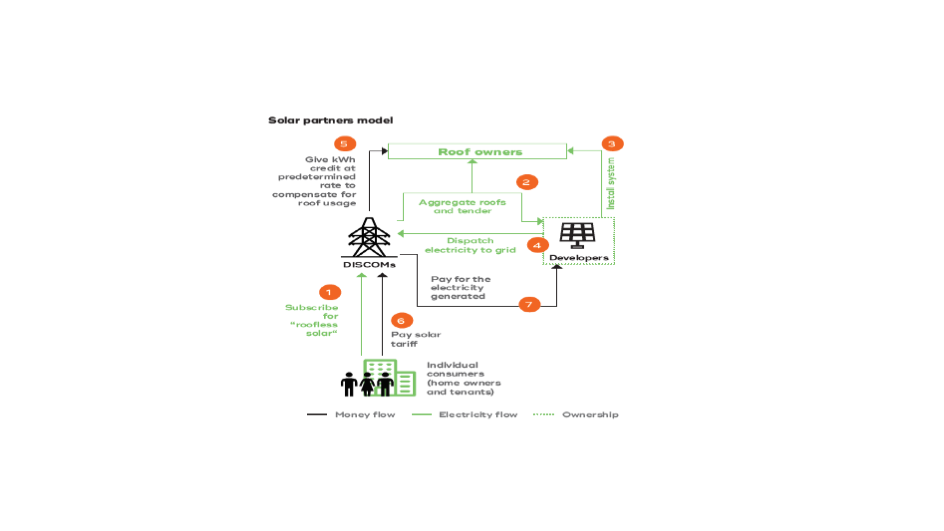- CEEW and BSES Yamuna have worked out a factsheet that looks at the market challenges for rooftop solar’s growth in India’s capital
- Market challenges exist for all stakeholders: households, developers, discoms and financiers
- To tackle this, it suggests three utility-led business models to encourage growth of rooftop solar in New Delhi - community solar, on-bill financing and solar partners
- Rooftop solar can help the city households to save up to 95% on an electricity bill, while savings for solar energy subscribers over the lifetime of a system can be up to 35%, the factsheet explains
Over the lifetime of a rooftop solar energy system, New Delhi households can save up to 95% on their electricity bill. For so-called solar energy subscribers, the savings can be up to 35%. That’s the result of a fact-sheet with solar business cases released by non-profit policy research institute Council on Energy, Environment and Water (CEEW) and local Delhi based utility BSES Yamuna
In order to help Delhi meet its 2 GW solar target by 2025, the factsheet shows three utility-led business models to overcome prevalent market challenges. The document aims to create a ‘conducive environment for households, discoms and developers.’
Delhi households, developers, discoms and even financiers face problems to install solar systems. This ranges from high capital cost, lack of access to finance, missing trained staff, credit worthiness of individual consumers, delay in approvals, and last but not least, discoms facing losses of revenue from rooftop solar system owners.
It suggests three business models to overcome the stakeholder’s challenges:
- In the community solar model, the target group are people without own rooftops. Residents of high-rises and multi-unit buildings with shared roofs can go chose between an on-site or off-site model. Payment can be through subscription or upfront.
- People who have their own house but are not in a position to get upfront finance can opt for an on-bill financing model, obtaining loans from third-party lenders. The loans can be repaid through their monthly electricity bill.
- The solar partners model is a generic scheme under which discoms bring together rooftop owners, tender capacity and sign PPAs with developers who install and maintain systems. Consumers can subscribe for the clean power generated, something like the Solar Together London scheme (see London Expands Solar Scheme).
The detailed factsheet is available on the website of CEEW.
The Solar Energy Corporation of India (SECI) was reported to be looking at issuing tenders for 1 GW of PV for Delhi by February 2018, however there is no update on this (see 1 GW PV For Delhi By 2019).












